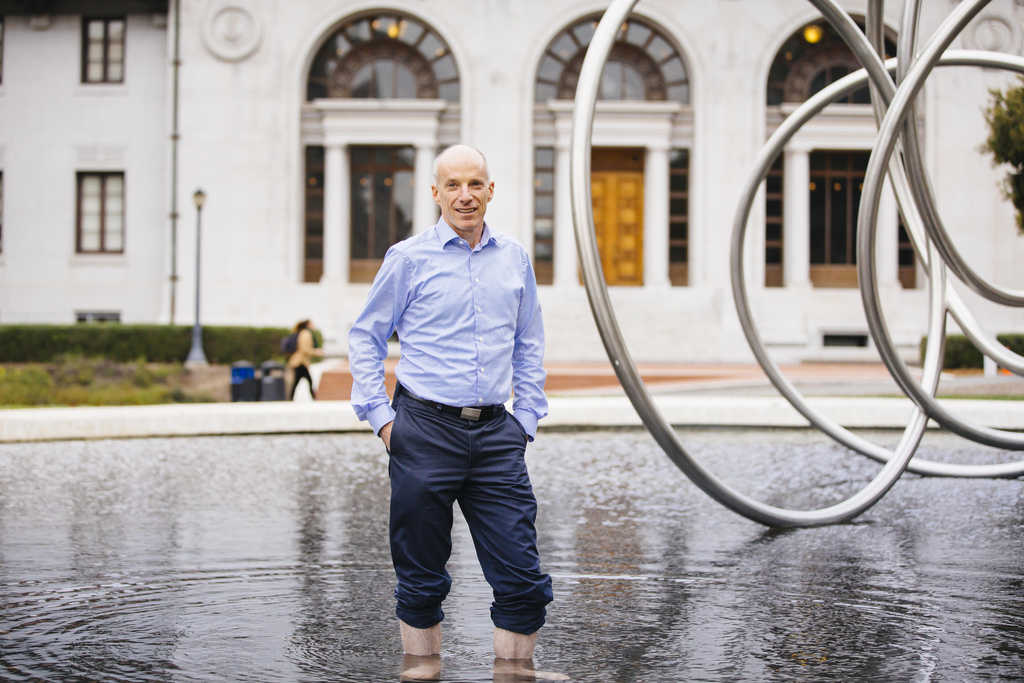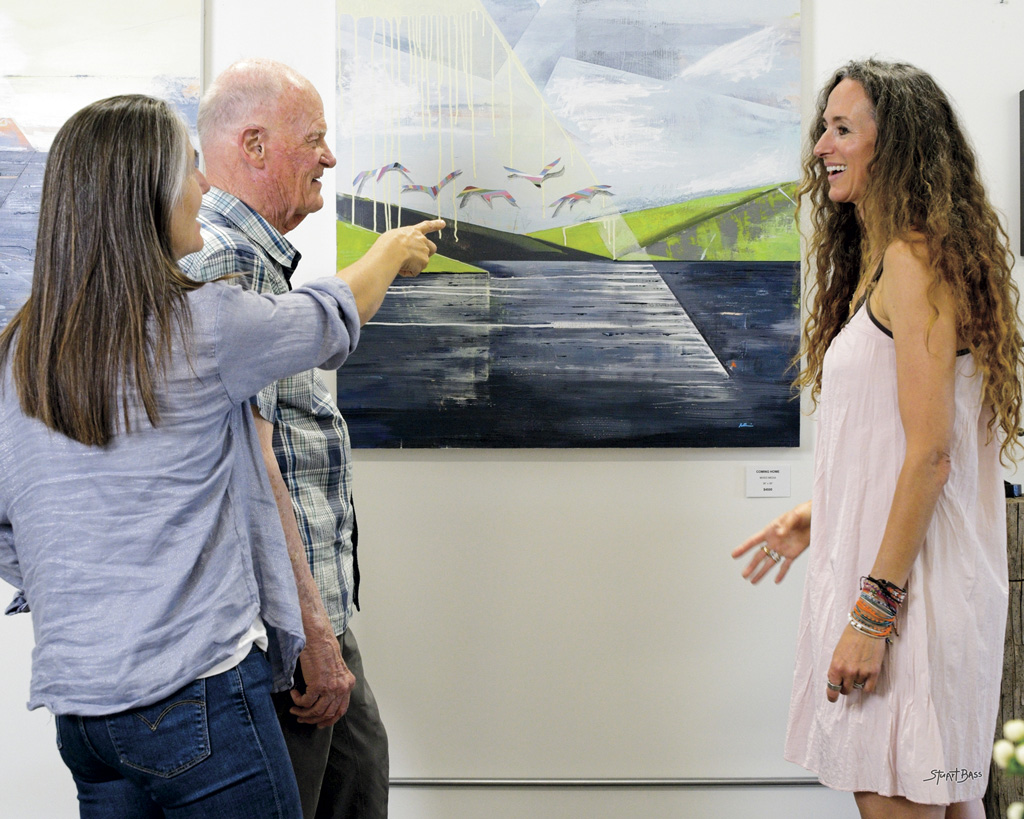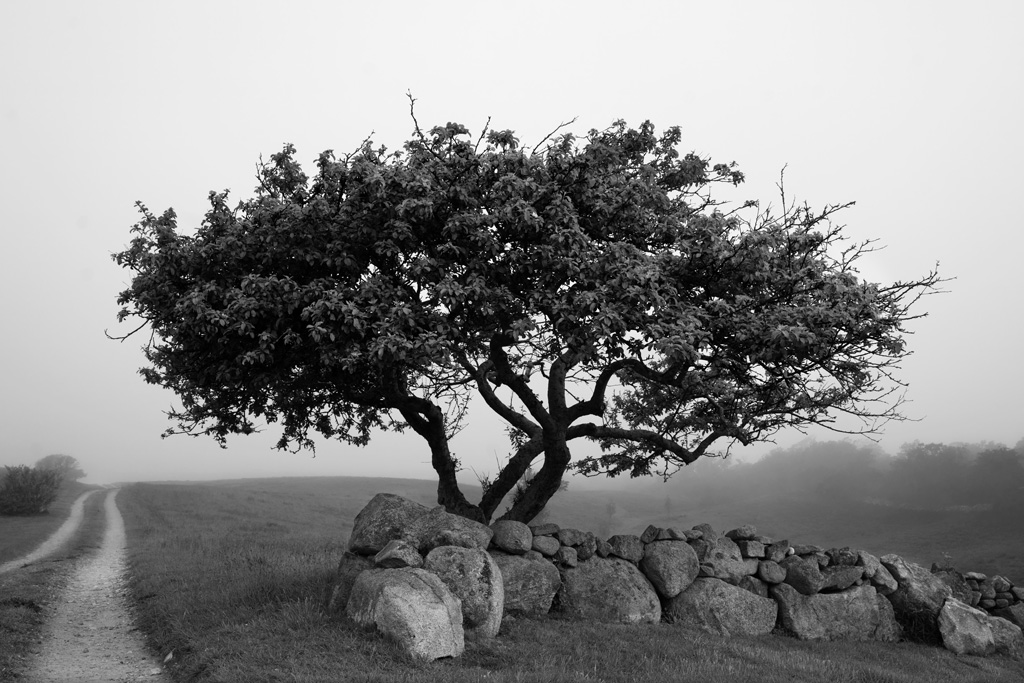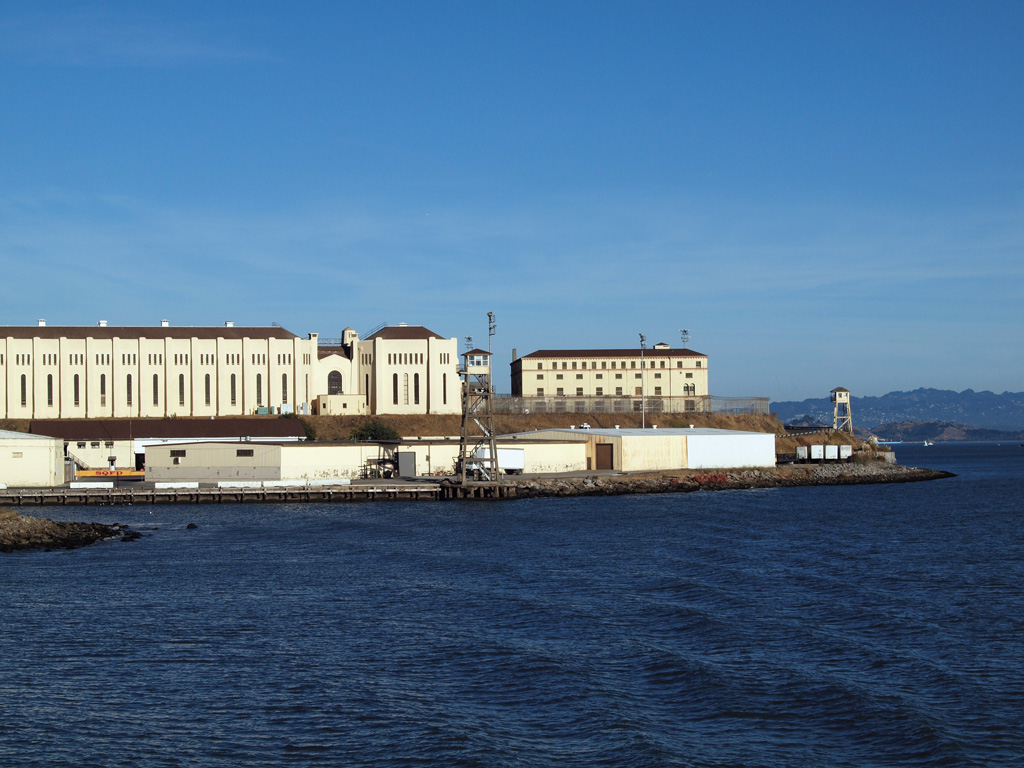News
UC Berkeley’s David Sedlak Discusses Water Conservation in California
 David Sedlak (Photo by Elena Zhukova)
David Sedlak (Photo by Elena Zhukova)
When UC Berkeley professor, researcher and author David Sedlak gave a TEDxMarin talk last year he led with an intriguing question: “Is it time to leave California?”
“At the TEDxMarin event I tried to provide some insights for California, and maybe also a little bit of a hopeful vision about how we can get to a place where we live within our means and still have enough water for all the things that we greatly value,” says Sedlak, who had been interested in studying water for most of his life but noticed a change in focus when he came to Berkeley in 1994.
“It was the first time I’d ever been in a place where it wasn’t all about water quality, it was often about water quantity,” he says. “I’ve just continued to get more fascinated by all of the creative ways that people look at obtaining water in California and the Southwest and other parts of the world where demand exceeds supply.”
Sedlak says that because the water that falls on the state gets allocated in one way or another, it’s either going to go to cities and towns, or it’s going to go to farms to grow food, or it’s going to be left in the environment to protect water-dependent ecosystems. “It’s been pretty obvious over the past decade or so that something’s up with our climate and not only are we having these periods of more intense droughts, but it’s warmer,” he says. “We’re facing a situation in California and the Southwestern United States that’s been referred to as aridification or basically this idea that it’s just going to become a hotter and drier climate in the future. And that has large implications for us.”
When it comes to farms, Sedlak says we may need to retire some agricultural land, but more palatable ideas include getting more water underground, especially in wet years like we had this season, and also implementing the innovative concept of desalinating existing brackish groundwater — a potentially large untapped water resource across the state.
“The idea of flood managed aquifer recharge is essentially doing something that farmers have been taught not to do, which is allow water to flood their fields and have their plants sit in waterlogged conditions,” Sedlak says. “If you have the right geology and the right level of soil permeability, it’s possible to route some of those floodwaters on to the fields. Let the water percolate to the soil. And then in the summertime, you have more groundwater to use.”
Beyond the successful conservation efforts cities have invested in (low-flow toilets, removing turf lawns, planting more foliage), many of the ideas to capture more water there are similar to those in agriculture but adapted to urban life, Sedlak says. For example, Los Angeles uses “rain wells” that are essentially massive holes that direct the rainwater back into the ground; recycling of wastewater is popular in Orange County, where almost all of the treated wastewater gets returned to the drinking water supply (San Jose and the Livermore Valley are looking into similar projects); and investing in desalination projects has had success outside of San Diego and in Santa Barbara and Antioch (this is an idea Marin officials have also considered).
But some water conservation projects are right in front of us. “If you look at the Salesforce tower, most people don’t recognize that it has a miniature sewage treatment plant in its basement,” Sedlak says. “They treat the water that’s used in the building and it gets recycled — that’s the water that’s used to flush the toilets and cool the towers.”
David Sedlak plans to release his second book this November entitled Water for All: Global Solutions for a Changing Climate (Yale University Press), in which he will explore six different water crises that the world is facing and creative ways that they can be addressed.













